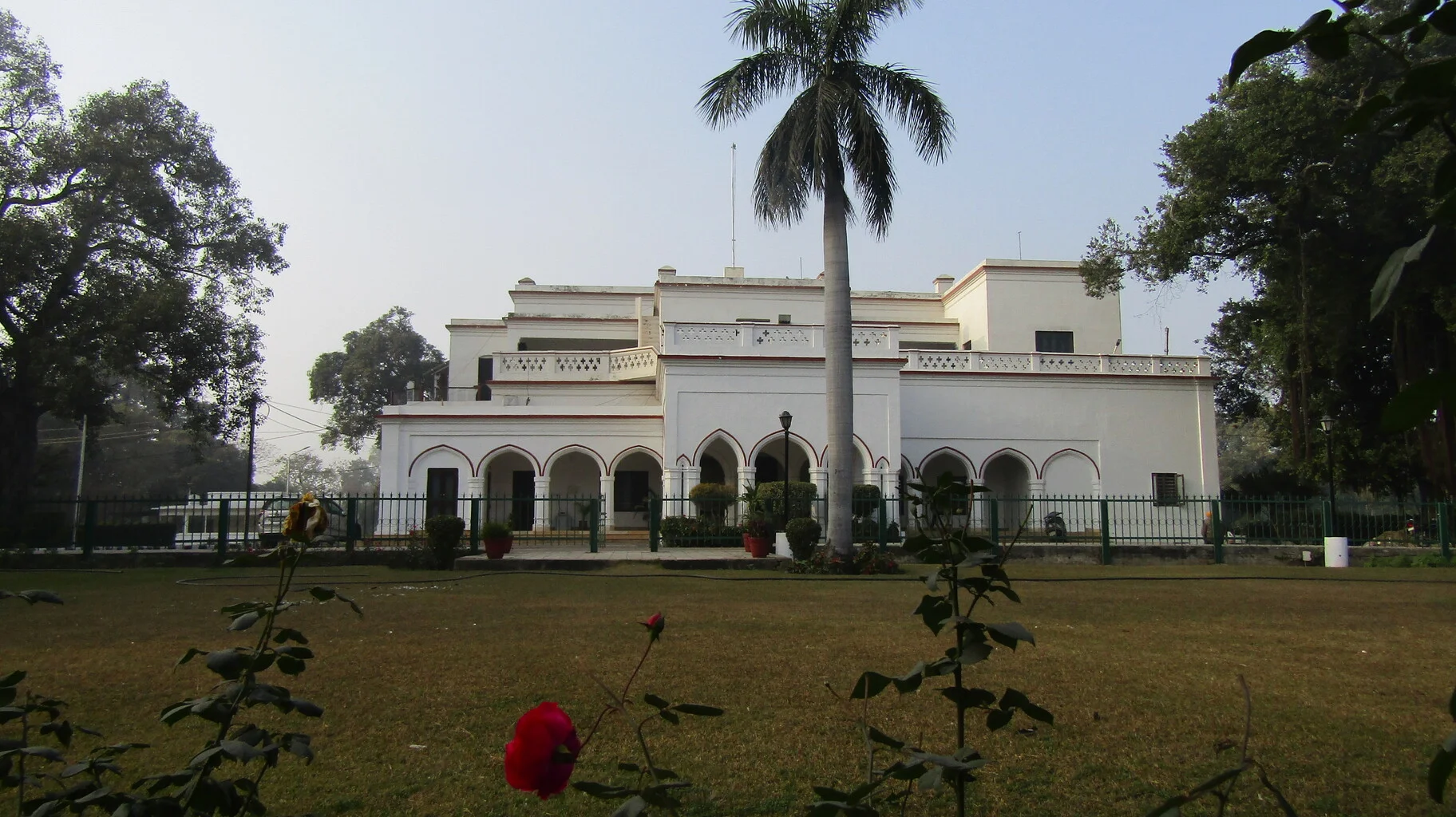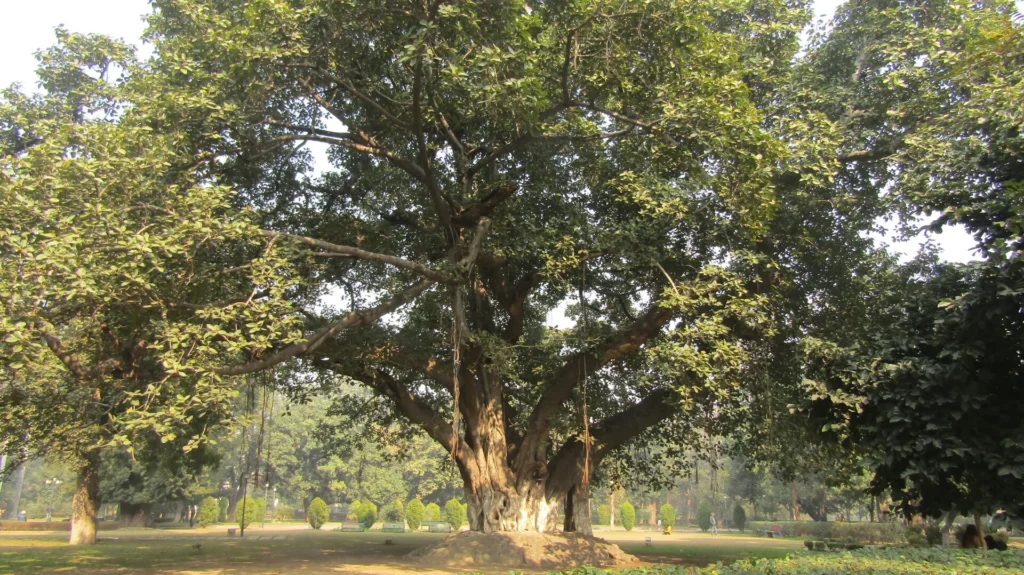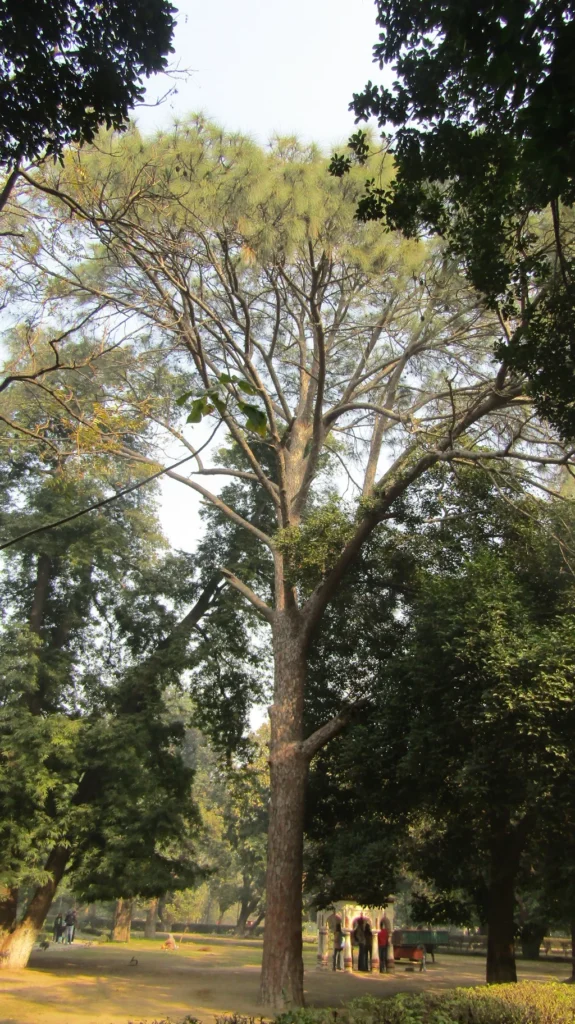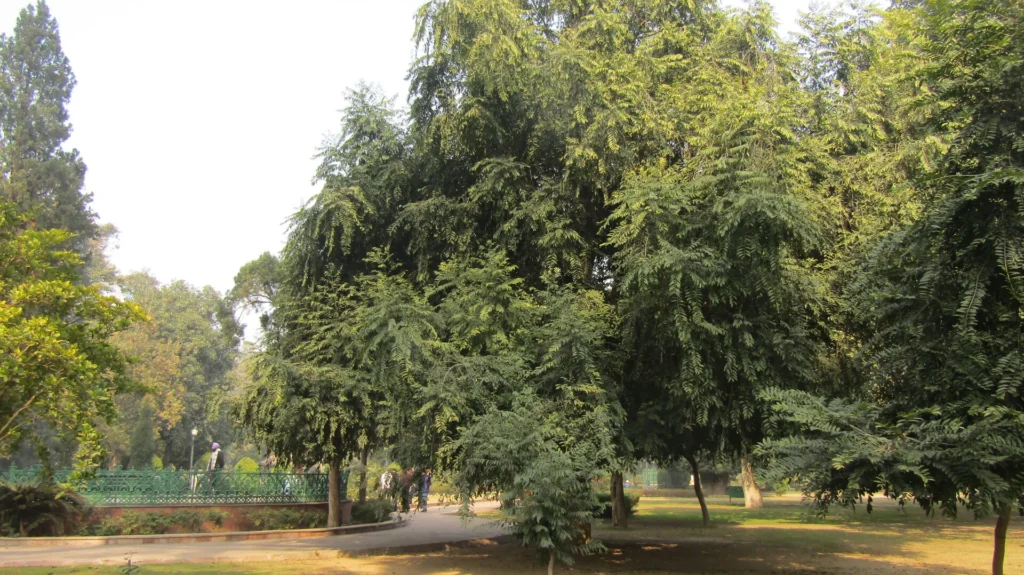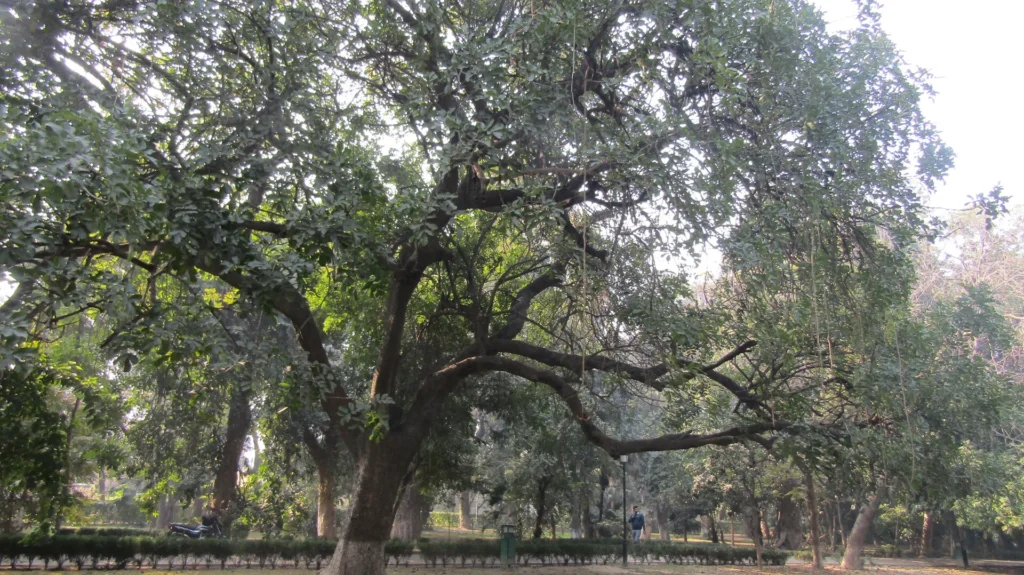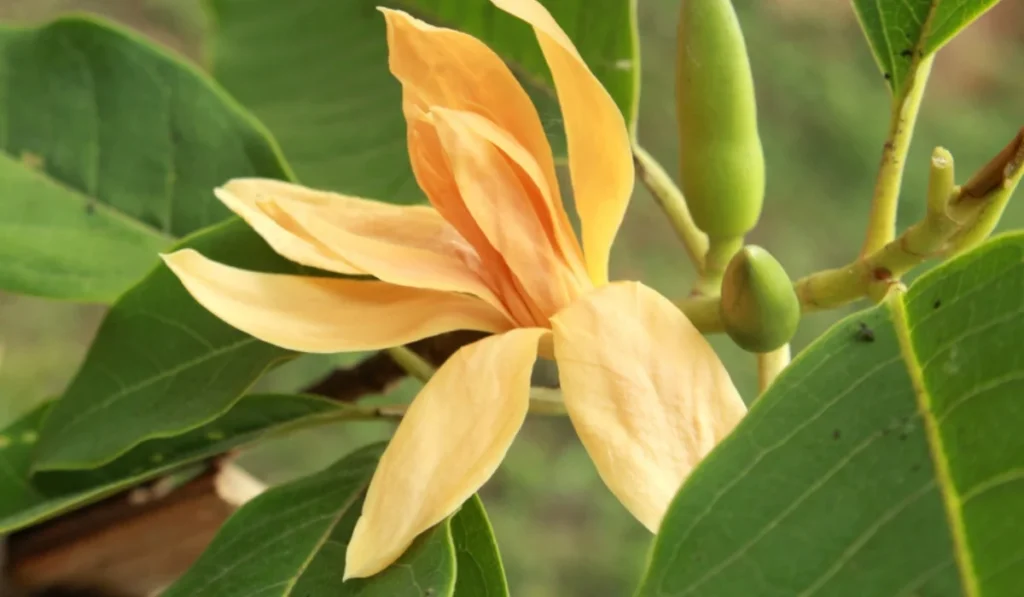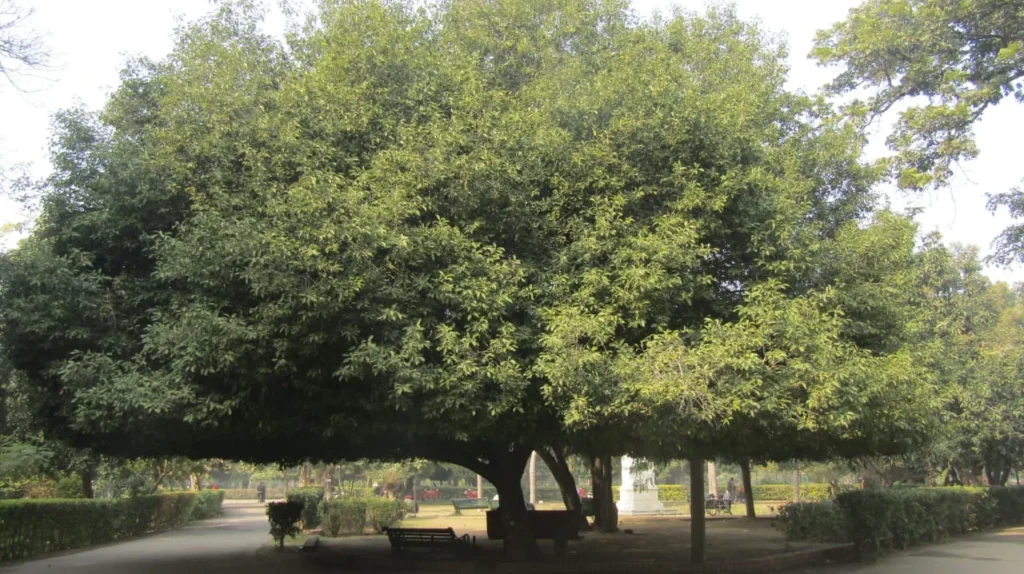Constructed during the early 1950s, this heritage building stands as a testament to a bygone era, originally designed as the official residence for the chief minister of Patiala and the East Punjab States Union (PEPSU). Its historical resonance reverberates through time, encapsulating the political landscape until the pivotal moment in 1956 when PEPSU merged into Punjab. Following this transformative venture, the structure found a new purpose as it underwent a thoughtful metamorphosis into a circuit house, assuming the role of a gracious host for a myriad of dignitaries and distinguished visitors.
The pages of history unfurl within its walls, narrating tales of political deliberations and statesmanship that once echoed through its corridors. Beyond its initial function, this architectural marvel has evolved into a symbol of adaptability, seamlessly transitioning from a seat of political power to a hospitable place for all those people in the realms of diplomacy and influence. Today, it stands not only as a physical embodiment of the region’s rich past but also as a living testament to the adaptive nature of structures that continue to weave themselves into the fabric of evolving societal narratives.

